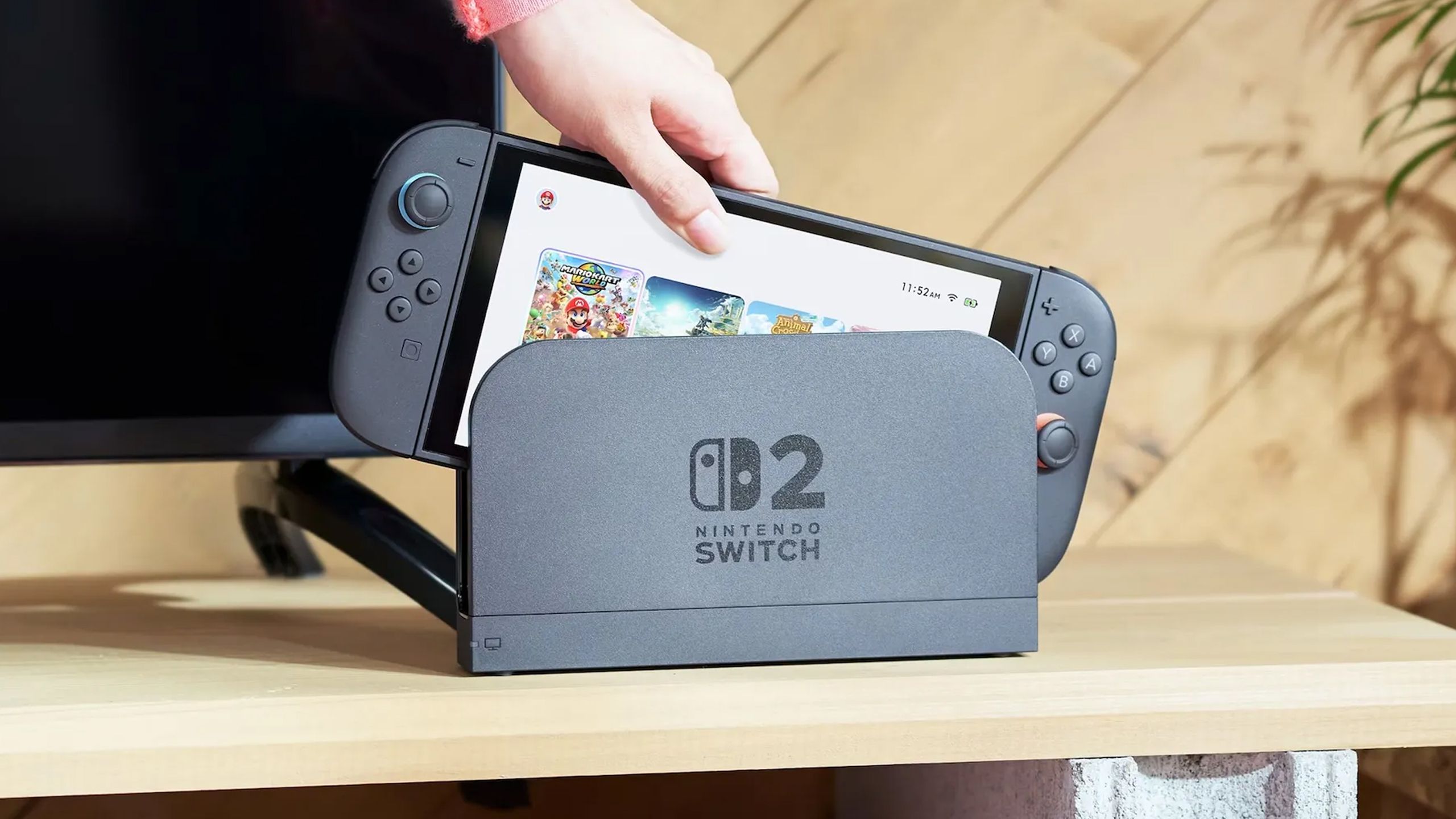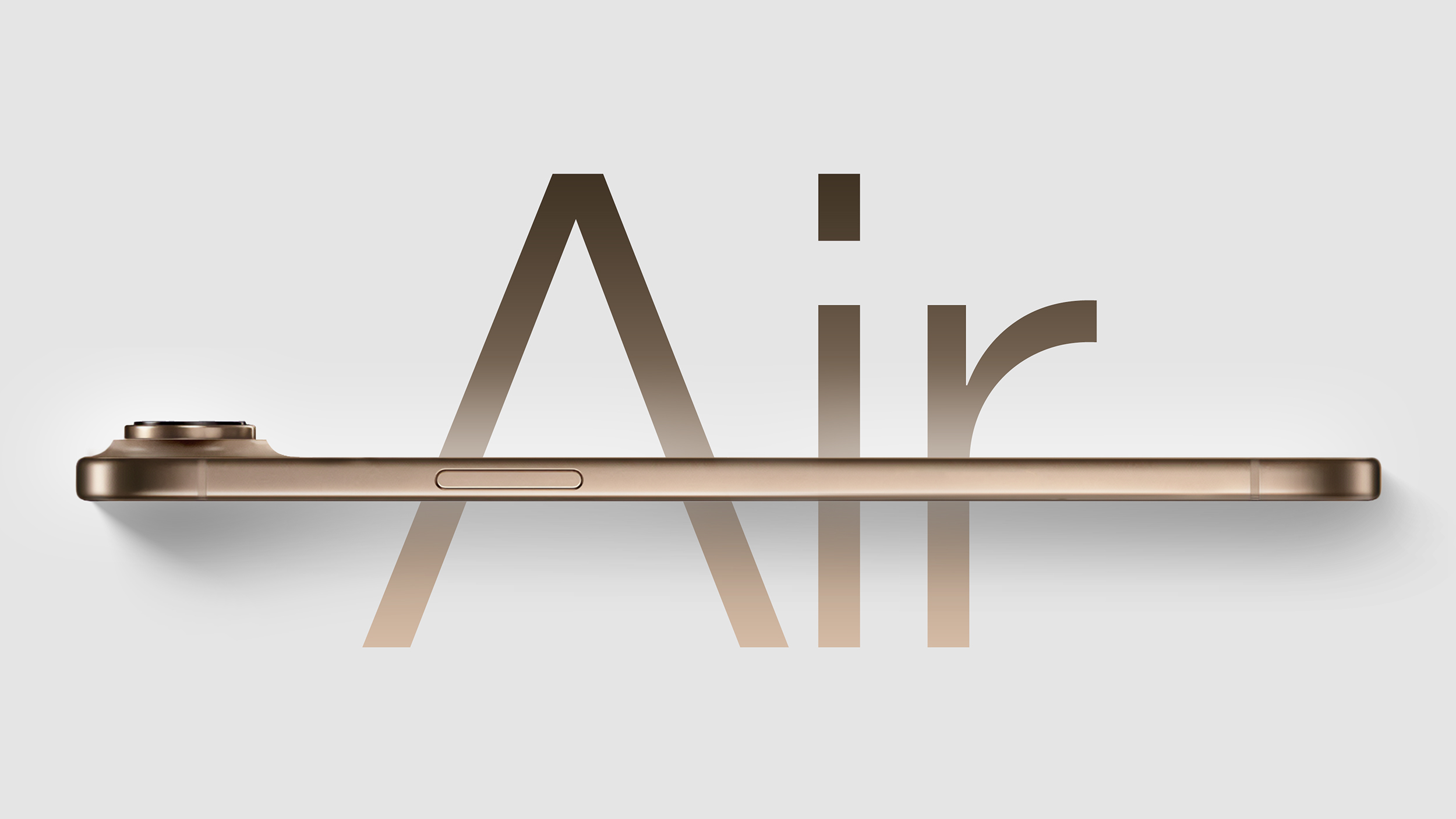Nintendo Switch OLED model initial review: Ultimate upgrade or ultimate letdown?
There are two ways to look at the Nintendo Switch OLED model: positively, as an all-round improved console with bigger, better screen tech; or cynically, as a half-baked progression over the original console, missing out on various opportunities to improve and enhance further the Switch experience.
When Nintendo invited us to a play session behind closed doors – where absolutely no photography was permitted, hence the unusual scenario of using provided studio shots here – we went in with an open mind. After all, the original Switch was a total game-changer console, so if you’ve yet to jump on the Nintendo train to joy town then, well, surely the OLED model is the way to get there?
What’s different?
7-inch OLED display64GB built-in storageEnhanced audio outputWhite colourway optionLarge, multi-positional rear kickstandDock includes Ethernet/LAN port (in place of one USB)
As the product name tells you loud and proud: the third Switch model (after the original and Lite) comes with an OLED screen. This self-emitting technology isn’t brighter than LCD, but it’s known for richer colours and deeper blacks. We took our original Switch along to the preview event to compare and, certainly, the OLED model has cleaner whites – it’s cooler, more blue – and that’s a clear positive.
But the biggest take-away about this screen is that it’s bigger than the one in the original Switch: the OLED measures 7-inches on the diagonal, compared to 6.2-inches in the original’s LCD panel. However, this doesn’t make the OLED model console’s overall footprint really any bigger – it’s that the bezel has been eaten away, so there’s less distracting edge stuff, delivering a more (although not total) edge-to-edge viewpoint.
However, the one thing we couldn’t help notice about the Switch OLED model is that this new bezel is glossy, whereas the original Switch’s is matte. Gloss isn’t great for reflections, so sunlight and overhead lighting might cause distractions. It really should have been left matte.
The Switch OLED’s dimensions do differ a tiny amount compared to the original, and it’s a little heavier, but having handled both one after the other you really wouldn’t know. The physical ‘height’ is identical between both products – which is great as it means Joy-Con controllers are interchangeable, should you have a spare set to make use of.
Some of that dimension increase is down to the OLED model’s new, larger integrated kickstand. This is a vast improvement over the tiny stick-like one in the original Switch, making desktop mode – where you can detach the Joy-Cons to play as if the Switch is a mini TV – far more viable. It holds strong and is adjustable through a wide array of angles.
The Switch OLED also comes in a white colourway finish, helping it to stand apart from the various multi-colour finishes. Even the dock is finished in white, giving it a clean, cool look. The dock adds a LAN/Ethernet port at the expense of the internal USB socket, but this is an ideal for ensuring solid connectivity to a router.
Is OLED really better?
Console dimensions (with Joy-Con controllers): 102mm x 242mm x 13.9mmConsole weight (with Joy-Con controllers): 420g / (without Joy-Con controllers): 320g7-inch OLED panel, 720 x 1280 native resolution (1920 x 1080 60fps maximum TV output)
The Switch OLED model is a clear winner if you’re looking to play when on the go, thanks to that screen. Thing is, that’s kind of the point of the Switch Lite (which can’t connect to a TV), which has a smaller and inferior screen.
As the OLED model adds no extra grunt to proceedings over the original Switch, if you’re largely a TV screen player then, well, there’s zero difference between the two main console options. It’s identical in terms of graphical fidelity – it’s ‘HD Ready’ 720p on the portable screen, upping to Full HD 1080p on a TV screen – it’s all the same.
That’s where the cynical angle could creep it: a lot of people were expecting a ‘Switch Pro’ from this OLED model, but that’s not the deal. It’s more a mid-life cycle change-up.
Furthermore there’s no battery improvement. At this stage we’ve not played with the OLED model for more than 45 minutes total, so can’t judge how the cell inside will benefit from having an OLED panel to power. What we do know, however, is the battery capacity is the same as in the original console – so the longevity is very likely to be near identical, while charging is still rather slow (taking three hours via USB-C, whether separately of through the dock).
We also still think the Switch’s capacity for third-party apps lacks – there’s still no Netflix – which is a shame given the new and improved screen’s potential.
Super games
Play on TV, on-the-go, on desktopLimited third-party apps (no Netflix, for example)Nintendo eShop downloads or cartridge purchases
All that said, it’s difficult to not let the Switch OLED model sweep you away with its potential. Because, let’s face it, you buy into Nintendo to deliver its first-party games to your fingertips. And Nintendo has made and continues to make some of the very best games ever.
That, above all else, is what sells the Switch series. Whether you want to buy the OLED model for optimum on-the-go potential, or save a little bit of cash and use an original Switch primarily for TV-based use, there’s a whole variety of quality games on offer.
Top Nintendo Switch games: Best games to own
Every time a AAA title graces our offices it seems to succeed: from Zelda Breath of the Wild delivering our favourite ever Link adventure; to Super Mario Odyssey delivering charm and imagination to 3D platforming fun; to Bowser’s Fury delivering new levels of creativity and madness; to Animal Crossing New Horizons‘ record-breaking popularity.




